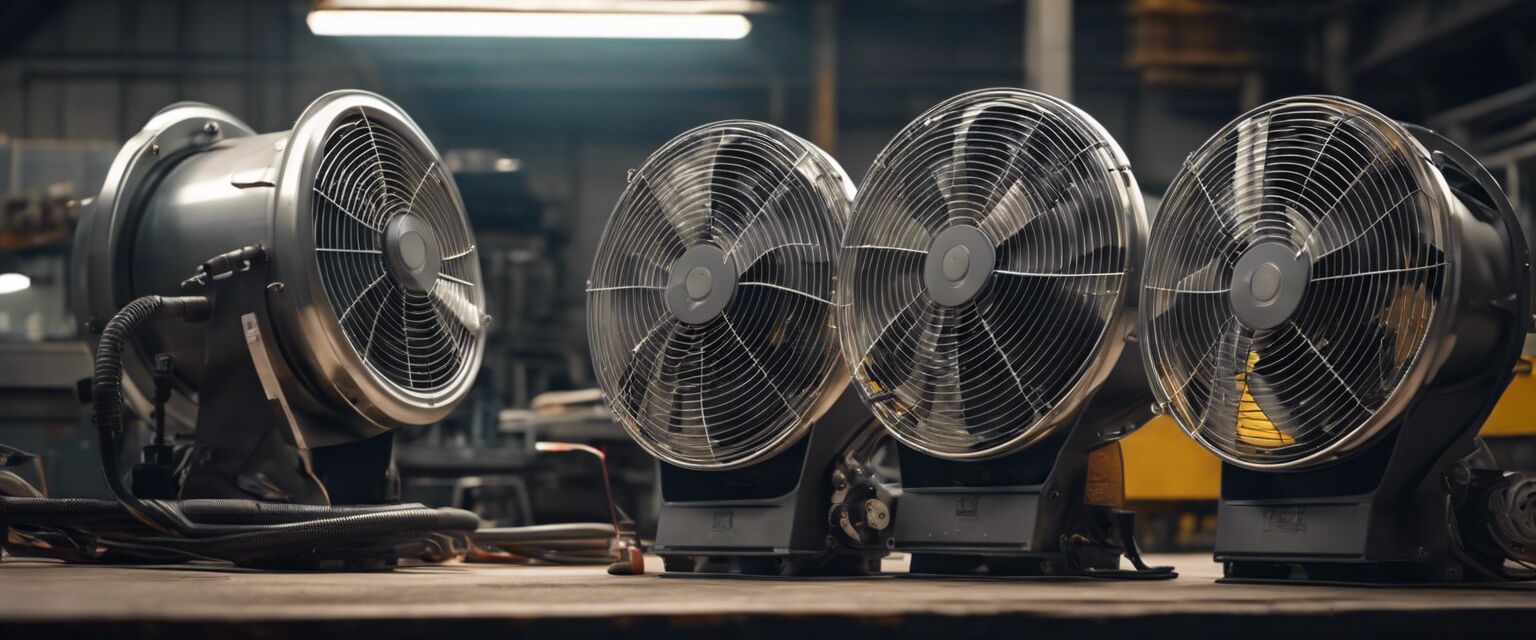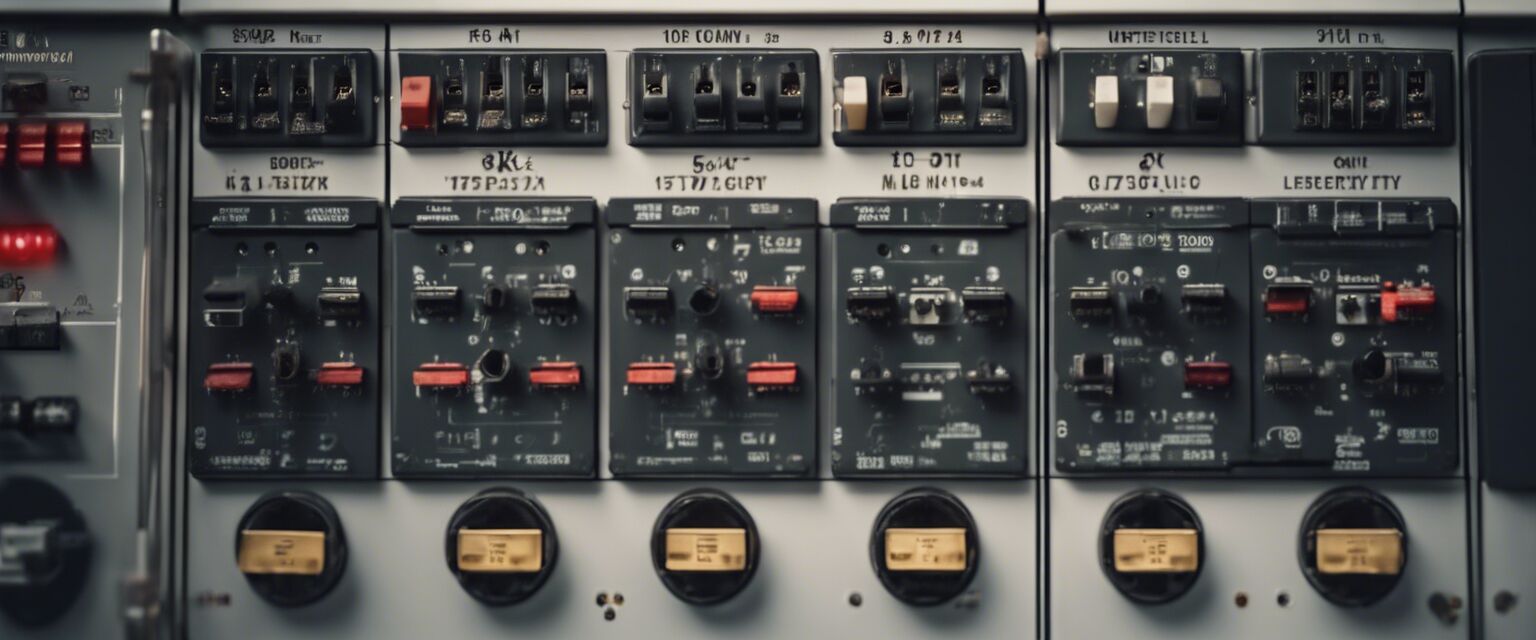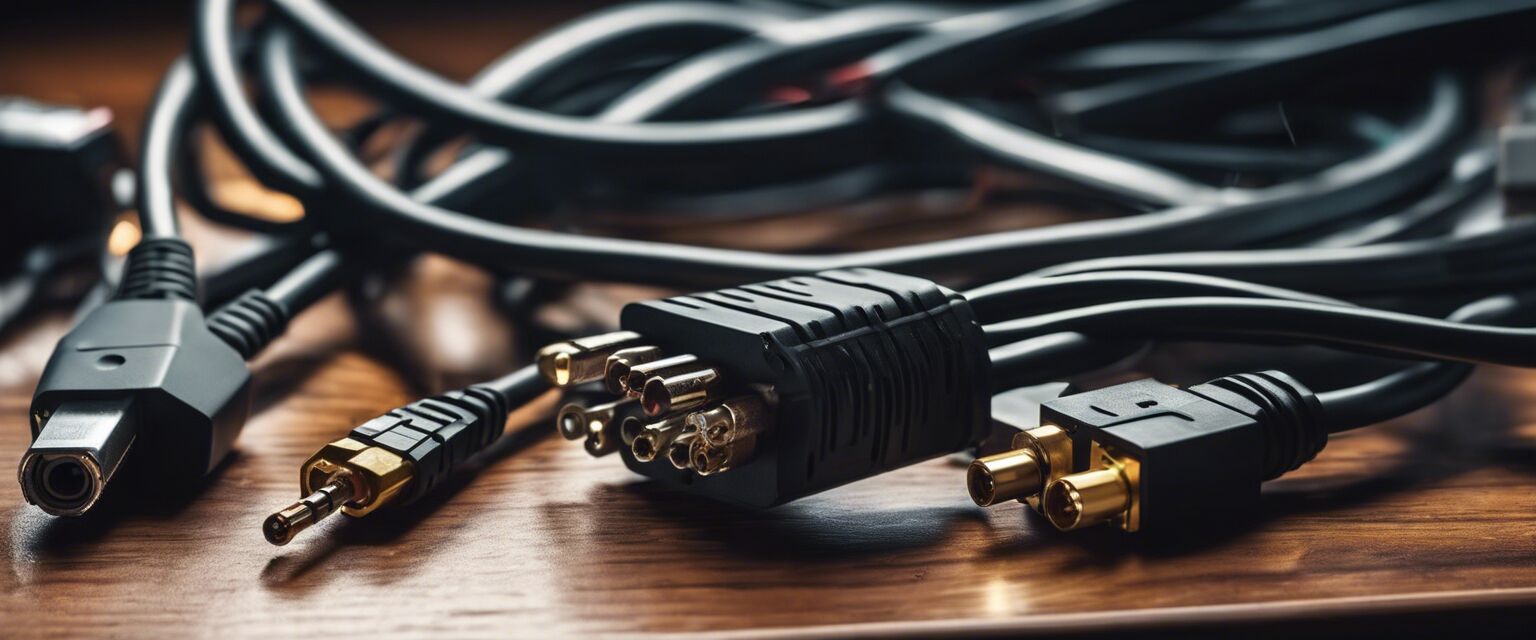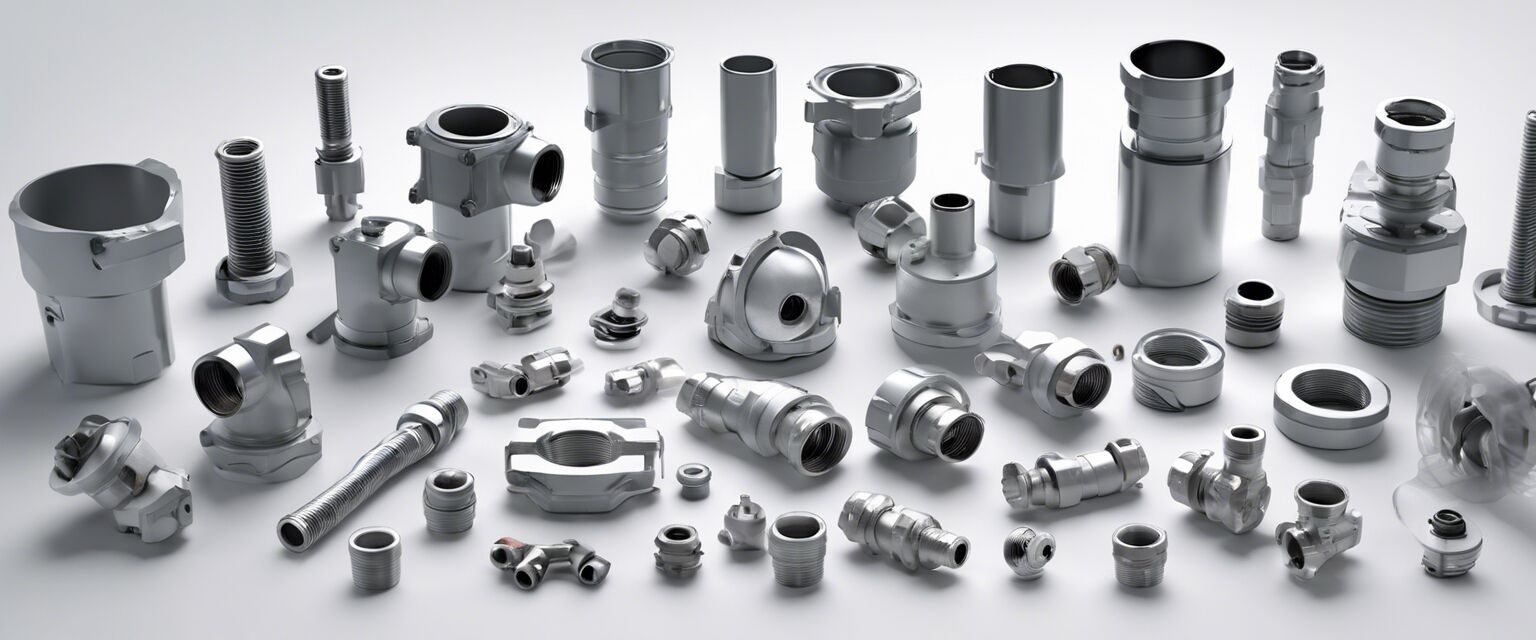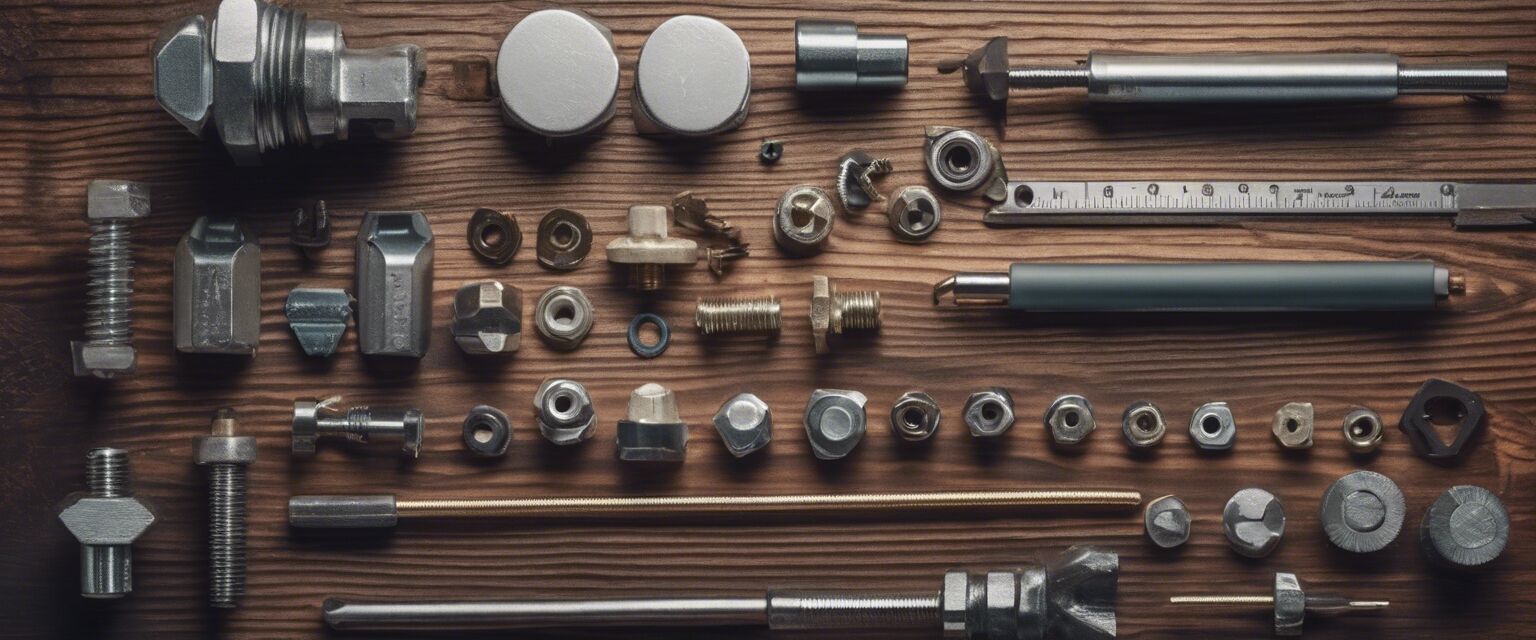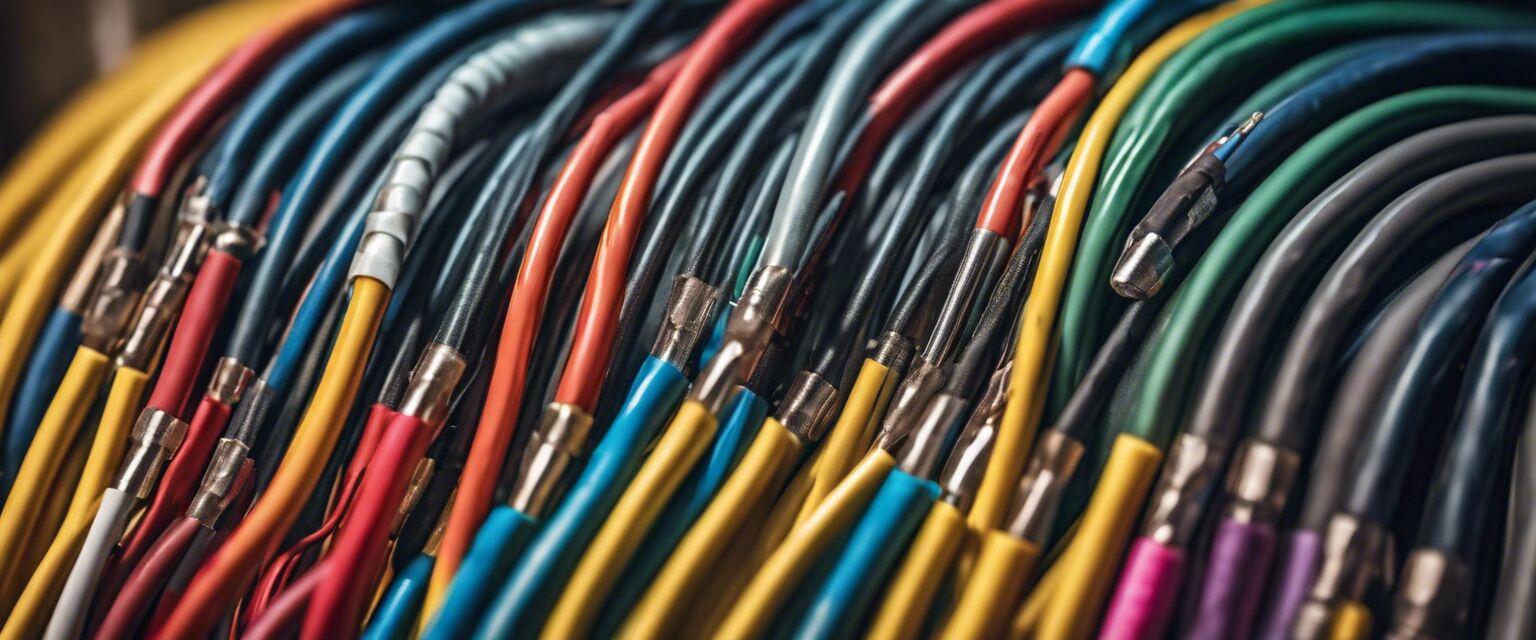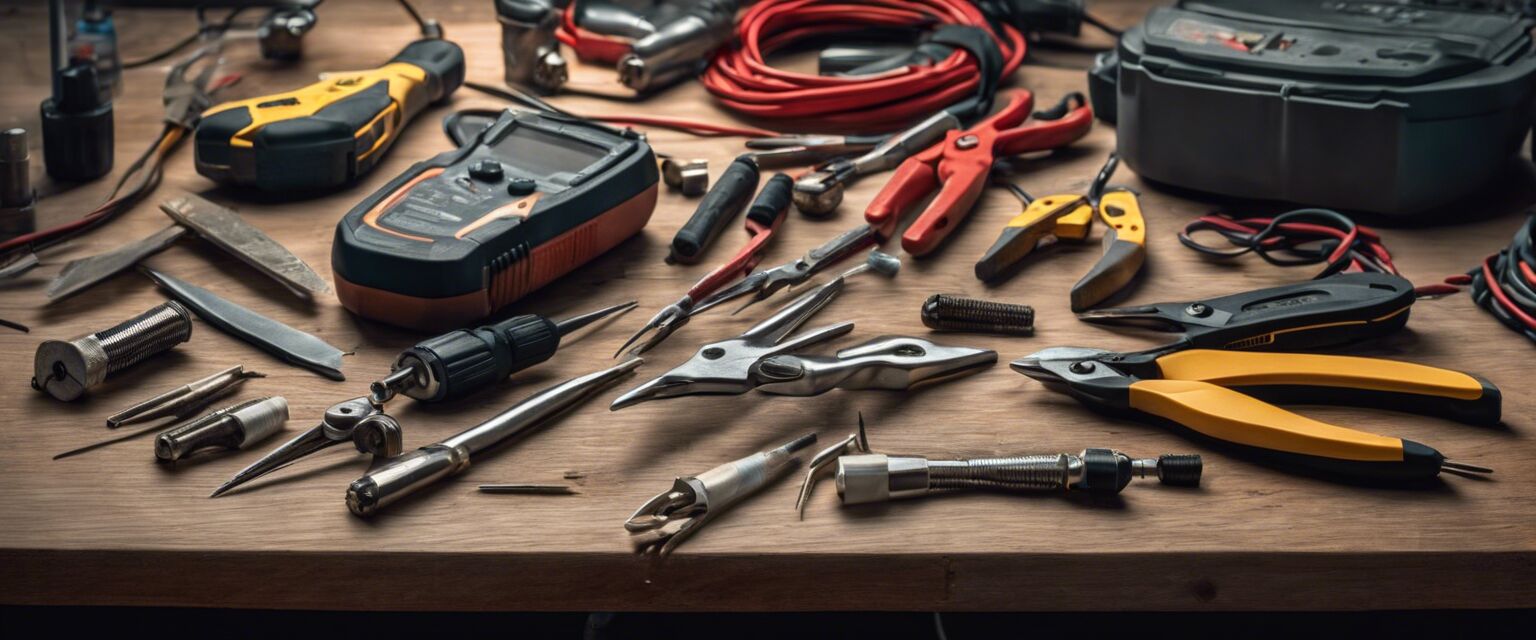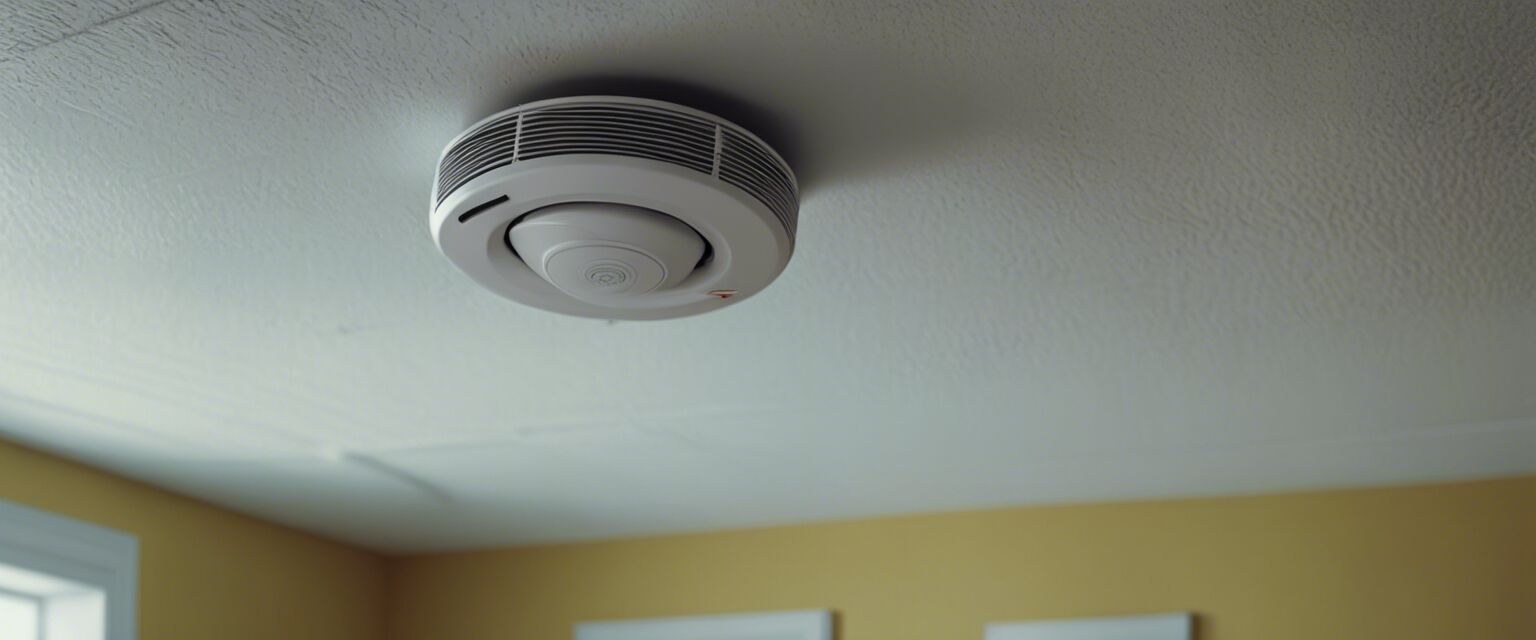
Smoke Detectors: A Comprehensive Guide for Electricians
As an electrician, it's essential to understand the importance of smoke detectors in ensuring the safety of individuals and properties. In this article, we'll delve into the different types of smoke detectors, their installation, and maintenance to provide a comprehensive guide for electricians.
Key Takeaways
- There are two primary types of smoke detectors: ionization and photoelectric.
- Smoke detectors should be installed on every level of a building, including basements and crawl spaces.
- Regular maintenance, including testing and cleaning, is crucial to ensure smoke detectors function correctly.
Types of Smoke Detectors
| Type | Description | Pros | Cons |
|---|---|---|---|
| Ioniization Smoke Detectors | Detect smoke particles using a small amount of radioactive material. |
|
|
| Photoelectric Smoke Detectors | Detect smoke particles using a light source and sensor. |
|
|
Installation of Smoke Detectors
When installing smoke detectors, it's essential to follow the manufacturer's instructions and local building codes. Here are some general guidelines:
- Install smoke detectors on every level of a building, including basements and crawl spaces.
- Place smoke detectors inside and outside sleeping areas.
- Avoid installing smoke detectors near windows, doors, or ducts.

Maintenance of Smoke Detectors
To ensure smoke detectors function correctly, regular maintenance is crucial. Here are some tips:
- Test smoke detectors monthly using the test button.
- Clean smoke detectors every 6 months using a soft brush or vacuum.
- Replace smoke detectors every 10 years or according to the manufacturer's instructions.

Additional Safety Tips
In addition to installing and maintaining smoke detectors, here are some additional safety tips:
- Ensure that all smoke detectors are interconnected so that when one alarm sounds, all alarms sound.
- Have a fire escape plan in place and practice it regularly.
- Store flammable materials, such as gasoline or paint, in well-ventilated areas.

Benefits of Smoke Detectors
- Early warning of potential fires
- Reduced risk of fire-related injuries and fatalities
- Compliance with local building codes
Common Issues with Smoke Detectors
- False alarms
- Dead batteries
- Inadequate installation or maintenance
For more information on electrical safety and supplies, check out our Smoke Detectors and Safety Equipment page. Additionally, explore our range of Tools and Accessory Kits to ensure you have the right equipment for the job.
Beginners Section
- New to electrical work? Check out our Audio/Video Cable and Accessories page for essential supplies.
- Need help with conduit installation? Refer to our Conduit and Conduit Accessories page for guidance.

